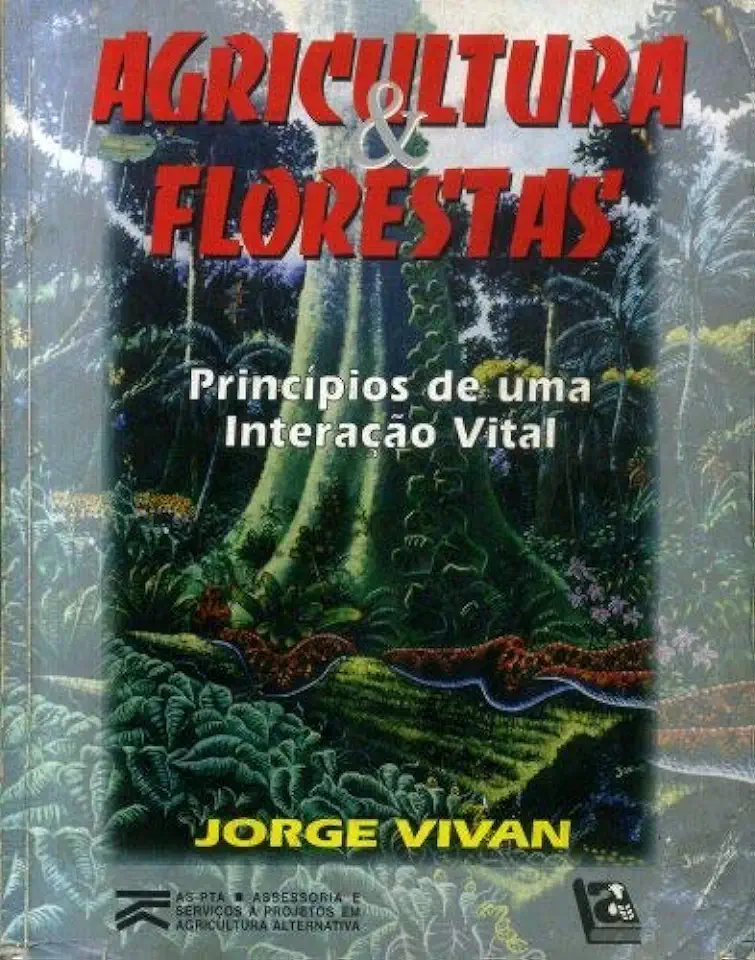
Agriculture and Forests - Jorge Vivan
Agriculture and Forests: A Sustainable Future
Introduction
In the face of climate change and population growth, the world is facing a critical challenge: how to feed a growing population while preserving our natural resources. In his groundbreaking book, "Agriculture and Forests: A Sustainable Future," Jorge Vivan offers a comprehensive and inspiring vision for a sustainable future, where agriculture and forestry are not seen as competing interests, but rather as complementary forces that can work together to create a more resilient and sustainable world.
The Challenge of Sustainable Agriculture
Vivan begins by outlining the challenges facing modern agriculture. The current industrial model of agriculture, which relies heavily on synthetic fertilizers, pesticides, and irrigation, has led to widespread environmental degradation, including soil erosion, water pollution, and deforestation. At the same time, the world's population is expected to reach 9.7 billion by 2050, putting an unprecedented strain on our food systems.
The Promise of Agroforestry
Vivan argues that the key to sustainable agriculture lies in agroforestry, a land-use management system that integrates trees and crops or livestock. Agroforestry offers a wide range of benefits, including:
- Increased crop yields: Trees can provide shade and shelter for crops, reducing the need for irrigation and protecting them from extreme weather events.
- Improved soil health: Trees help to improve soil structure and fertility, reducing the need for synthetic fertilizers.
- Reduced water pollution: Trees help to filter pollutants from water, reducing the risk of contamination.
- Enhanced biodiversity: Trees provide habitat for a wide variety of plants and animals, increasing biodiversity and resilience.
- Carbon sequestration: Trees absorb carbon dioxide from the atmosphere, helping to mitigate climate change.
Case Studies of Successful Agroforestry
Vivan provides numerous case studies of successful agroforestry projects from around the world, demonstrating the potential of this approach to transform agriculture and forestry. These case studies include:
- The "Food Forest" in Kenya: A project that has helped farmers to increase their crop yields by integrating trees into their farming systems.
- The "Three Sisters" in North America: A traditional Native American farming system that combines corn, beans, and squash in a mutually beneficial relationship.
- The "Alley Cropping" system in Brazil: A system that integrates rows of trees with rows of crops, providing shade and shelter for the crops.
The Way Forward
Vivan concludes by calling for a global transition to sustainable agriculture and forestry. He argues that this transition is essential for the future of our planet and our species. He provides a roadmap for this transition, including:
- Investing in research and development: More research is needed to develop new agroforestry techniques and to improve our understanding of the benefits of agroforestry.
- Providing incentives for farmers: Farmers need to be provided with incentives to adopt agroforestry practices, such as financial assistance and technical support.
- Educating the public: The public needs to be educated about the benefits of agroforestry and the importance of sustainable agriculture.
Conclusion
"Agriculture and Forests: A Sustainable Future" is a must-read for anyone interested in the future of food and agriculture. Vivan's comprehensive and inspiring vision for a sustainable future is essential reading for policymakers, farmers, and consumers alike. This book is a call to action, and it is up to us to answer that call.